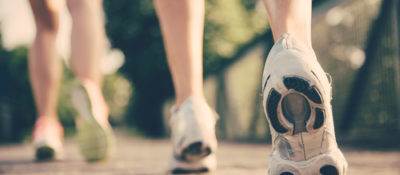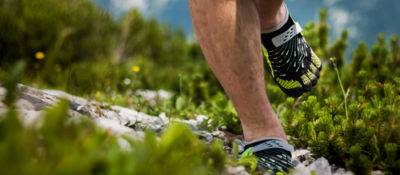Check out our video on how to use a foam roller if you are a runner!
https://youtube.com/watch?v=SImF5xch5D0
The Key areas to roll as a runner are discussed in this video: Quadriceps (front of the thighs), Iliotibial Band (ITBand – outside of the thigh), Calfs (back of lower leg), Thoracic Spine (Upper Back).
In general, Body Rolling, as shown in the video, is a useful way to release built up myofascial tension as a result of repetitive movement patterns (such as happens with running). Practicing a regular Body Rolling routine can help to prevent injuries, via promotion of symmetry and length in the body by sequentially unwinding key areas. To avoid injury, it is important to engage the core throughout, maintain a neutral head position (by keeping the sternum lifted and collarbones wide), and breathe. Breathing helps to clear metabolic waste (lactic acid) from the tissues, increase space (length) in the Thorax (ribcage), and provide fresh oxygen (nutrition) to the tissues. It is a great way to start to really feel your own body and notice differences in tension from side to side.
Key Points for each area are as follows:
Quadriceps:
Extend from top of knee to hip;
Ensure entire surface of forearm and palms of hands (particularly base of finger joints – MCP’s) in contact with floor, forearms parallel, body weight distributed evenly through both arms;
Isolate one side at a time as necessary;
Avoid low back “sag” (by pulling belly button to spine).
Iliotibial Band (ITBand):
Extends from outside of knee to outside of hip;
Cross top foot over to reduce amount of body weight loading onto ITBand, Stack legs to increase amount of body weight loading onto ITBand;
Roll a little towards front and back of ITBand to get a more specific release;
Remain perpendicular to roller with eyes straight out in front at all times to optimize core engagement/posture.
Calfs:
Extend from back of heel to back of knee;
Try turning feet in and out (inversion/eversion) to isolate different areas of tension;
Put weight on one side more than another to isolate one side more than the other.
Upper Back (Thoracic Spine)
Extends from base of neck to bottom of rib cage (not below);
Important for mitigating Head Forward Posture;
Ensure adequate support of head – let head be heavy in hands;
Ensure entire soles of feet are in contact with floor – do not simply roll back and forth on heels;
Try a quarter turn to each side to isolate each side.



